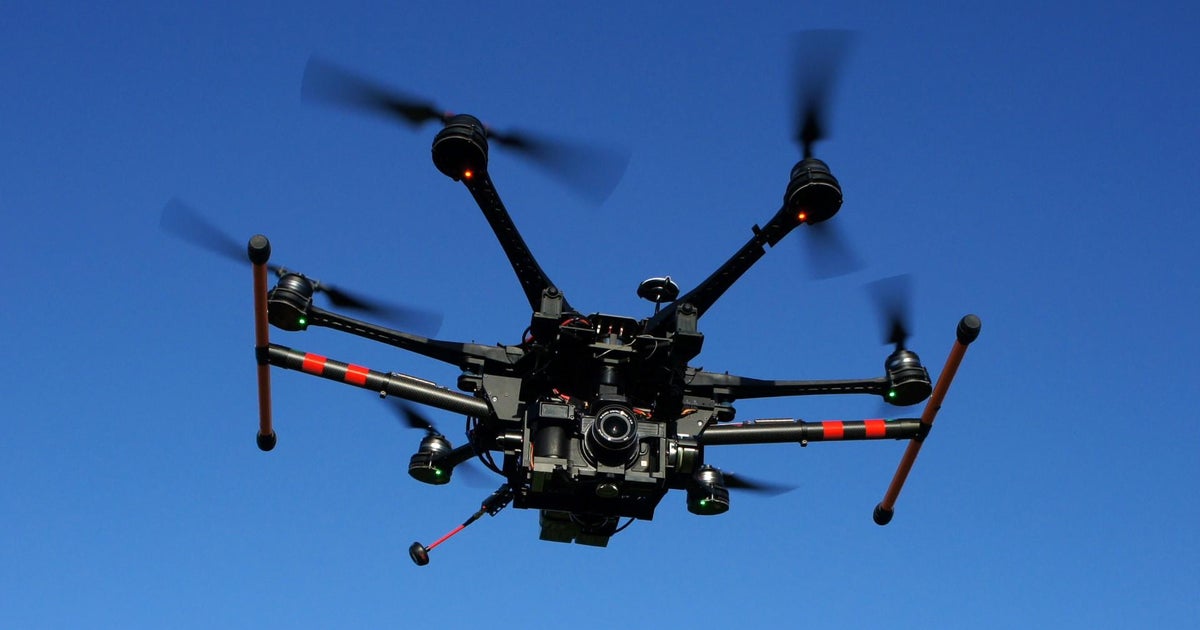MTA: New York City could be crippled if transit infrastructure isn't upgraded soon
NEW YORK -- The MTA issued a sobering wake-up call Wednesday about the state of the transit system, which, in the words of Chairman and CEO Janno Lieber, is "old, and decrepit and struggling to accommodate the explosion in ridership" since it was built a century ago.
Lieber is not exactly Chicken Little saying the sky is falling, but he wants New Yorkers to know that unless the agency spends billions and billions of dollars on repairs, the roof could cave in, literally, at Grand Central Terminal and at the Park Avenue viaduct used by trains from the Bronx and Westchester County and all of Metro-North.
And that's not all.
"For New Yorkers, transit is like air and water. We need it to survive," Lieber said.
Lieber sounded a clarion call about the daunting need to repair an aging $1.5 trillion regional transportation system over the next 20 years so it becomes a story of the survival of the fittest.
Right now, it's definitely not, according to the agency's assessment of what has happened since the first capital plan by then-MTA chair Richard Ravitch in the 1980s.
"Components that were middle aged in the Ravitch era are now old and decrepit and struggling to accommodate the explosion of ridership that has taken place since the 1980s and 90s," Lieber said.
The myriad of problems that need fixing include:
- The Grand Central train shed and the Park Avenue tunnel, which are crumbling, endangering 98% of Metro-North service
- Preventing much of the Hudson line from a sea level rise that could flood tracks and stations
- Repairing 100 Long Island Rail Road bridges and viaducts
- Upgrading 50 miles of LIRR signals, in which up to 75% of the components are rated poor
- Upgrading obsolete subway repair shops like the Livonia maintenance facility that is 101 years old and can't fix new rail cars because they don't fit.
- Replacing buses, train cars and subways. Over the next 20 years, 3,900 subway cars will reach the end of their useful life. At least 1,500 cars are already past their 40-year limit
And here's the cold, hard reality: "It's not gonna come cheap," Lieber said.
READ MORE: MTA: Money made from congestion pricing will be used to address existing issues
And in some even grimmer news, officials say congestion pricing, which is supposed to raise billions for capital improvements, won't take care of these new needs. Instead, it "will fund the rest of this capital plan," said Jamie Torres-Springer, president of MTA Construction and Development.
When asked where the MTA is going to get the rest of the money to do the repairs, especially at Grand Central and at the Park Avenue viaduct, Torres-Springer said, "That's the work of the next year, as we put the capital programs together. Our capital programs have always been composed of contributions, support from a lot of different sources."
What that means is the MTA will have to get more money from the state, more money from the federal government, and, if push comes to shove, there's always the possibility of raising taxes or the congestion pricing fee.
MTA officials have already said they plan to expand the Second Avenue Subway to 125th Street. According to a new report on the future of the subway system in the next 20 years, they are considering having the line turn west at 125th Street and go all the way to Broadway. The question is, will the money be there?
"It's too early to say whether we'd be able to invest in it," Torres-Springer said.
MTA officials also want to expand service in Brooklyn and Queens by building the Interborough Express line, IBX, a 14-mile light rail line that would travel along existing freight lines to connect Bay Ridge, Brooklyn, to Jackson Heights, Queens, historically underserved neighborhoods that offer limited transit options.
The MTA's wish list also includes:
- A Danbury-Southeast connection
- Extending the Hudson line to Penn Station
- Reactivating the lower Montauk branch of the LIRR
- A Ridgewood, Queens, busway
- A Staten Island North Shore bus rapid transit line
- A Staten Island West Shore bus rapid transit line
- Stewart Airport commuter rail
- A 10th Avenue station on the No. 7 line
- A Sunnyside, Queens, LIRR station
- Extending the W line to Red Hook
Officials said each of the more than two dozen projects has been evaluated for cost, geographic distribution, ridership from equity areas, resiliency and capacity. Which of the projects gets built remains to be seen.
"It's far too early to say whether we will be able to fund one of these projects, add one of these projects," Torres-Springer said.




